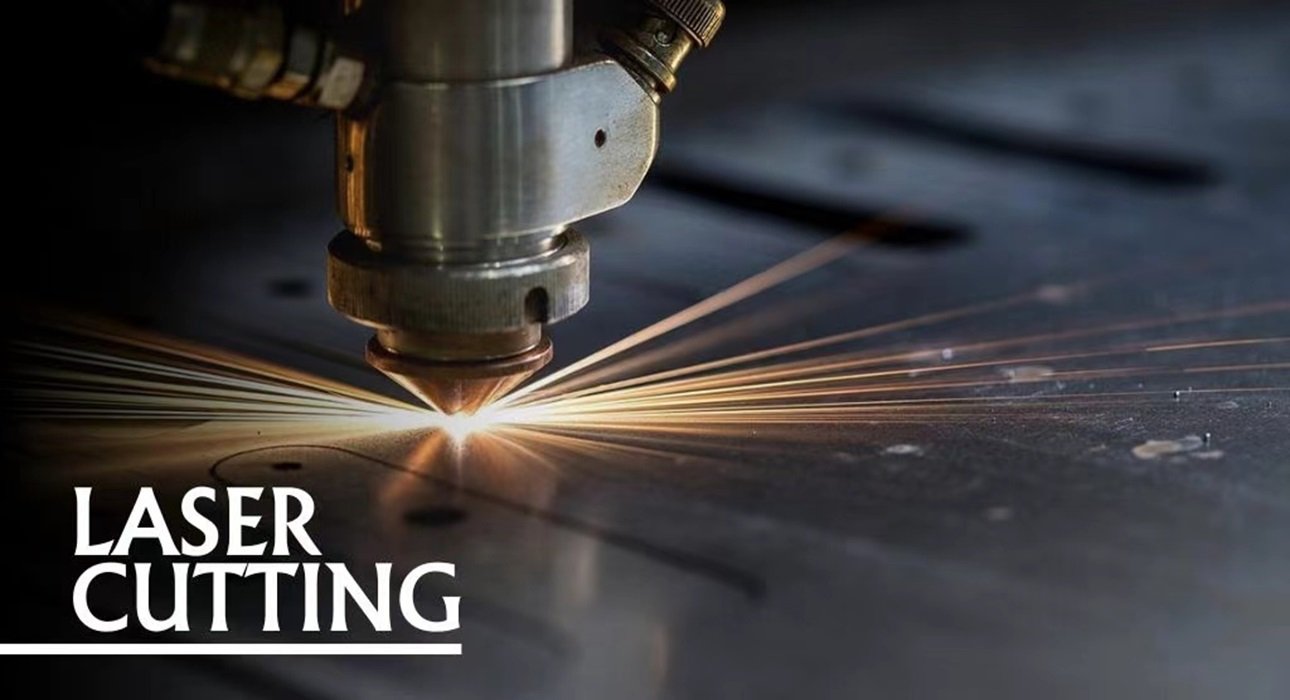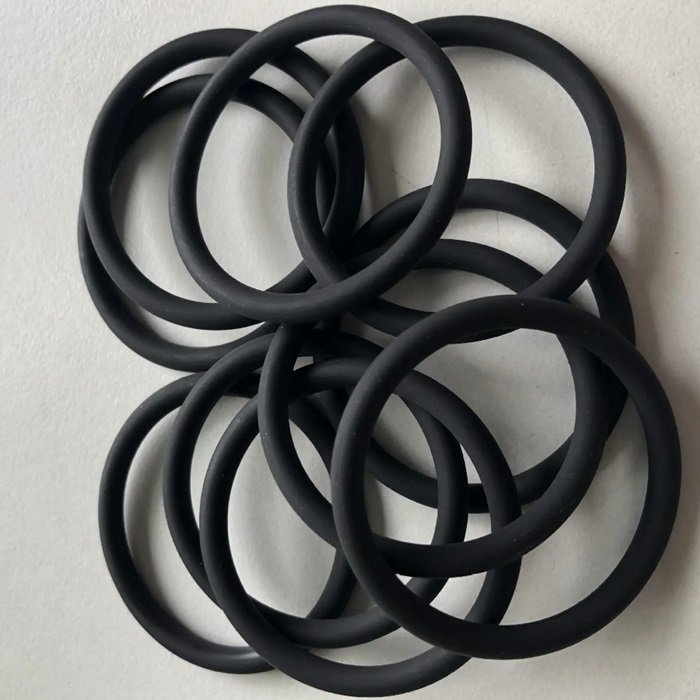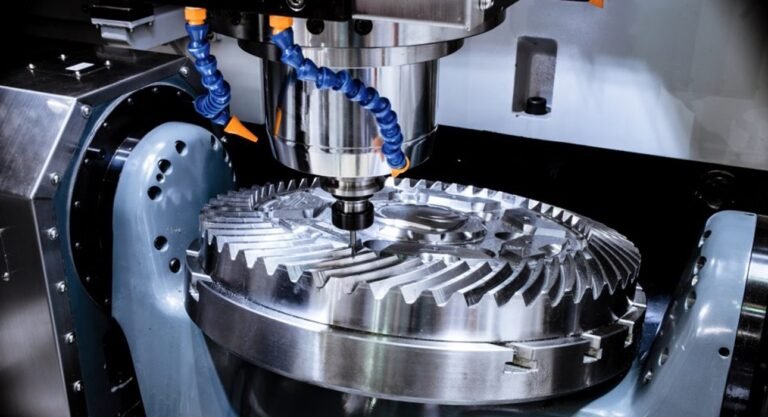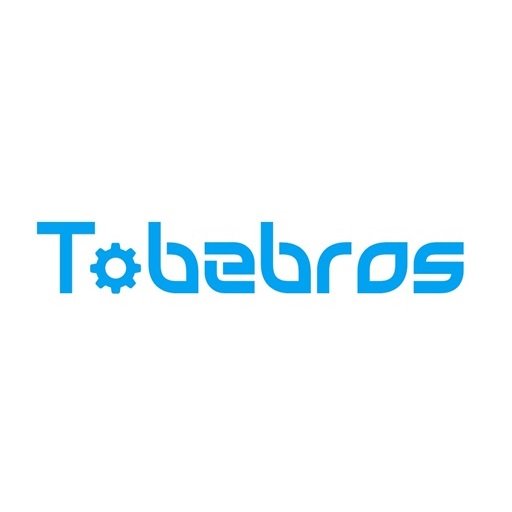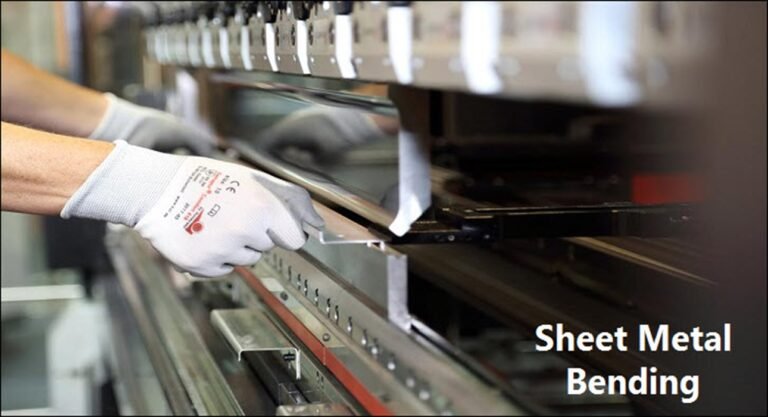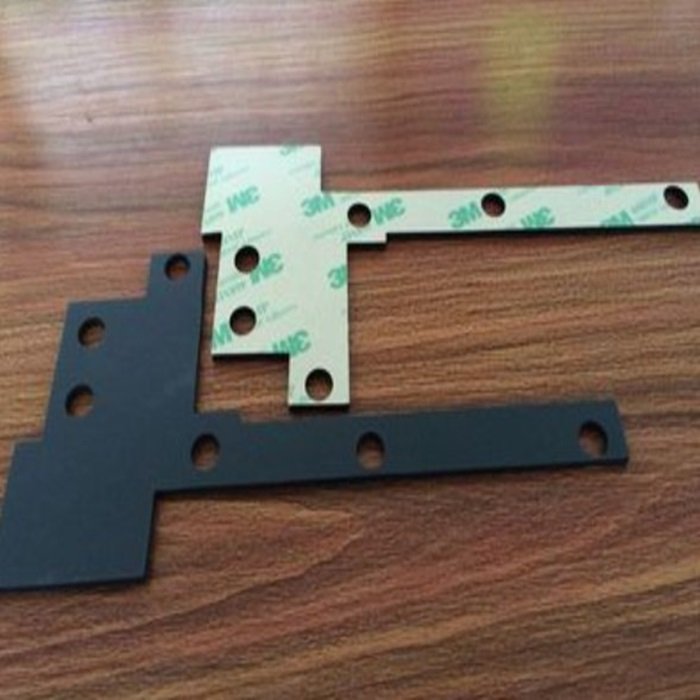Laser Cutting: A Comprehensive Guide to Precision, Speed, and Versatility
Laser Cutting: A Comprehensive Guide to Precision, Speed, and Versatility
Laser cutting isn’t just a buzzword in manufacturing—it’s a game-changing technology that has transformed industries ranging from automotive to electronics, and even art. If you’ve ever wondered how intricate designs are cut into metal, plastic, or wood with such precision, laser cutting is likely the answer. This guide will walk you through everything you need to know about laser cutting, from the basics to advanced applications.
What is Laser Cutting?
Laser cutting is a technology that uses a focused beam of light to cut, engrave, or etch materials. This highly concentrated laser beam melts, burns, or vaporizes the material, leaving a precise edge with minimal waste. Unlike traditional cutting methods, laser cutting doesn’t require physical contact with the material, making it faster and more precise.
How Does Laser Cutting Work?
At its core, laser cutting involves the following components:
- Laser Source: This generates the light beam. Common types include CO2 lasers, fiber lasers, and Nd
lasers, each suited for different materials and applications.
- Beam Path: Mirrors or optical fibers direct the laser beam from the source to the cutting head.
- Cutting Head: This focuses the laser beam onto the material. The cutting head can also contain a nozzle for a gas jet (often nitrogen or oxygen) that aids in cutting and reduces oxidation.
- Material: The laser beam interacts with the material, either cutting, engraving, or marking it. Different materials respond to the laser in various ways, depending on their thermal properties.
Types of Laser Cutting Machines
- CO2 Lasers: These are the most common type of laser cutters and are ideal for cutting non-metallic materials like wood, plastic, glass, and some metals. They offer excellent precision and are widely used in industries like signage, textiles, and automotive.
- Fiber Lasers: Known for their speed and efficiency, fiber lasers are ideal for cutting metals, including steel, aluminum, and brass. They require less maintenance than CO2 lasers and offer faster cutting speeds, making them popular in industrial applications.
- Nd Lasers: These lasers are typically used for drilling, engraving, and marking rather than cutting. They’re especially useful for applications requiring high power in a small area, such as in electronics manufacturing.
Advantages of Laser Cutting
Laser cutting offers several benefits that make it a preferred choice in various industries:
- Precision and Accuracy: Laser cutting can achieve extremely tight tolerances, often within micrometers, which is crucial for industries like aerospace and electronics.
- Speed: Compared to traditional cutting methods, laser cutting is faster, especially when dealing with complex or intricate designs.
- Versatility: Laser cutting can handle a wide range of materials, from metals and plastics to wood and textiles. It’s also capable of producing various shapes and patterns that would be difficult or impossible with other methods.
- Minimal Waste: Because the laser beam is so precise, there’s minimal material waste, which is both cost-effective and environmentally friendly.
- Contactless Process: Since the laser doesn’t physically touch the material, there’s no risk of contamination or damage, making it ideal for sensitive materials.
- Automation and Efficiency: Laser cutting machines can be fully automated, reducing the need for manual labor and increasing production efficiency.
Common Applications of Laser Cutting
Laser cutting’s versatility means it’s used across many different industries. Here are some of the most common applications:
- Automotive Industry: Laser cutting is used to produce intricate parts, such as engine components, airbags, and even decorative trims.
- Aerospace: The precision of laser cutting is essential in aerospace for manufacturing parts that meet strict safety standards.
- Electronics: From circuit boards to enclosures, laser cutting is widely used in the electronics industry due to its ability to create small, precise components.
- Jewelry and Fashion: Designers use laser cutting to create intricate patterns and engravings on materials like metal, leather, and fabric.
- Medical Devices: Laser cutting is used to produce precise, sterile medical instruments and components.
- Signage and Advertising: The ability to cut and engrave various materials makes laser cutting ideal for custom signage and promotional products.
Laser Cutting vs. Other Cutting Methods
How does laser cutting stack up against other cutting technologies like waterjet, plasma, and mechanical cutting? Let’s take a quick look:
- Waterjet Cutting: Uses high-pressure water mixed with abrasives to cut materials. While waterjet can cut thicker materials and doesn’t generate heat (making it ideal for heat-sensitive materials), it’s slower and less precise than laser cutting.
- Plasma Cutting: Involves ionized gas to melt and cut metals. It’s faster than laser cutting when dealing with thick metals but lacks the precision and is not suitable for non-metallic materials.
- Mechanical Cutting: Includes methods like sawing, drilling, and milling. While mechanical cutting is cost-effective for simple tasks, it can’t match the precision or speed of laser cutting, especially for complex designs.
Tips for Optimizing Laser Cutting Performance
If you’re using or considering laser cutting for your projects, here are a few tips to get the most out of this technology:
- Choose the Right Laser: Select the appropriate laser type (CO2, fiber, or Nd
) based on the material you’re cutting and the level of precision required.
- Material Quality Matters: Always use high-quality materials. Imperfections can affect the laser’s ability to cut cleanly.
- Optimize Settings: Adjust the laser’s power, speed, and focus settings based on the material thickness and desired outcome. Testing on a scrap piece before starting the main project can save you from costly mistakes.
- Use Assist Gas: Assist gas (like nitrogen or oxygen) can improve cutting quality by removing molten material from the cut area and reducing oxidation.
- Regular Maintenance: Keep your laser cutting machine well-maintained. Regularly check the alignment of the laser beam, clean the optics, and ensure the cutting bed is level.
The Future of Laser Cutting
Laser cutting technology continues to evolve, driven by advancements in laser sources, automation, and materials science. Here’s a look at what the future might hold:
- Increased Automation: The integration of AI and machine learning is making laser cutting machines smarter and more autonomous, reducing the need for human intervention and increasing productivity.
- Hybrid Machines: We’re seeing the development of hybrid machines that combine laser cutting with other processes like additive manufacturing (3D printing), offering new possibilities for complex part creation.
- Green Lasers: As industries push for more sustainable practices, green lasers (lasers with a wavelength of around 532 nm) are being explored for their energy efficiency and ability to cut reflective materials like copper with less power.
- Enhanced Materials: Research into new materials and coatings is making it possible to cut materials that were previously too challenging or costly to process with laser technology.
FAQs About Laser Cutting
Q: What materials can be cut with laser cutting?
A: Laser cutting can be used on a wide range of materials, including metals (like steel, aluminum, and brass), plastics, wood, glass, textiles, and even certain ceramics.
Q: How thick can a material be for laser cutting?
A: The thickness that can be cut depends on the laser type and material. For example, a CO2 laser can cut non-metals up to about 20mm, while fiber lasers can cut metals up to 25mm thick.
Q: Is laser cutting expensive?
A: Laser cutting can be cost-effective, especially for complex designs and small to medium production runs. Costs depend on factors like material, thickness, design complexity, and order quantity.
Q: Can laser cutting be used for engraving?
A: Yes, laser cutting can also be used for engraving, where the laser doesn’t cut through the material but instead etches the surface.
Final Thoughts
Laser cutting is more than just a cutting-edge technology—it’s a versatile tool that can revolutionize how you approach manufacturing, design, and production. Whether you’re looking to create intricate jewelry, precision automotive parts, or custom signage, laser cutting offers the precision, speed, and flexibility you need to bring your ideas to life.
Staying informed about the latest advancements and best practices in laser cutting can help you take full advantage of this powerful technology. So, whether you’re a seasoned professional or a curious beginner, embracing laser cutting could be your next big step forward.

